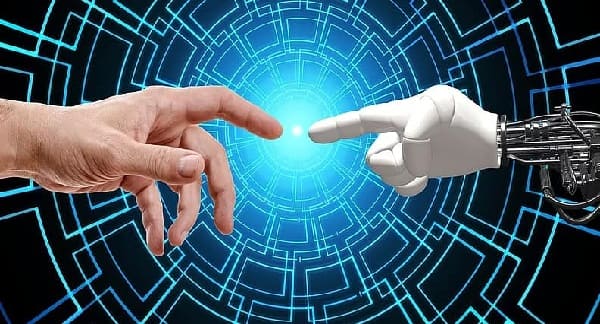Future Generation Computer Systems promises to be even faster than today’s computers, and it can be even smaller than a deck of cards.
Perhaps they will become the size of coins and offer “smart” or artificial intelligence features like expert intelligence, neural network pattern recognition features, or natural language capabilities.
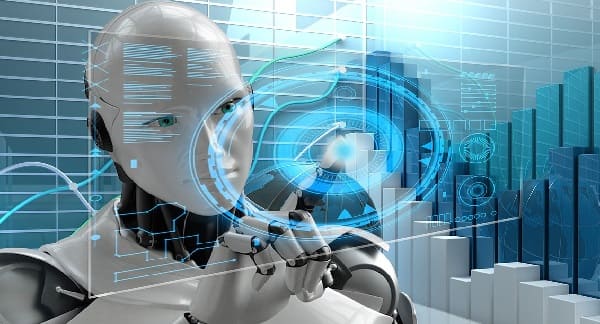
Because of these features, it will allow users to more conveniently interact with systems and efficiently process large amounts of information from a variety of sources Ex: fax, e-mail, Internet, and telephone.
Already evident are some evolving cutting-edge applications for Computer technology: Wearable computers, DNA computers, Virtual reality devices, Quantum computers, and Optical computers.
A lot of things can happen to us like the concept of Expandiverse, in that you will become used to your chosen digital realities being displayed and processed without effort.
Multiple screens, multiple identities and multiple transformed videos, audio, and music feeds will simply appear, and you will appear in them.
Then, with the future Generation computer Systems, there will be a universal interface, where everyone could run their entire Expandiverse from everywhere. It won’t matter whether you’re in Silicon Valley or a small village in Africa.
Yes, we will be a global person who can connect anywhere and everywhere we want to. And yes, the whole world and its best knowledge and resources will be local to you as if you are standing in a local market, it will be at your fingertips, under your control.
Everyone will get everything that they want just with a click.!!!!!
5 Ways in which Future Generation Computer Systems can change the world
It will change the way we work today.
Due to the onset of new technology, automation might happen a lot faster than before.
Automation is reshaping workplaces and in the years to come to bring fundamental changes to almost every industry. It is predicted that robots might replace human workers, but envision cooperation between humans and robots in the workplace.
Highly repetitive and nitty-gritty tasks will be automated and give humans more time to focus on creative and interesting tasks.
Robots will be used as a tool to increase performance and productivity, and eliminate the mind-crushing, exhausting tasks that many workers deal with every day.
It can help us solve global challenges.
Climate change is one area in which technology can help, by using future technology, it can help increase our energy efficiency.
It can also help in larger technology like in Healthcare by directing the resources to more accurate healthcare solutions and the use of robots in medical research.
Smarter & Intellectual education
Although computer technology is already widely used in education, there will be a new way of using computers to make education smarter.
We can monitor the computer systems the different ways students learn. This will give teachers the ability to identify the most successful teaching models and augment their teaching to make education more effective.
Digitalization of almost Everything
It is believed that digitization is the only way forward, whether it is a business or a government, and that there has to be a plan to digitize the services.
More Benefits to people in the near future
Technological Innovation will ensure more benefits for more people – giving them access to better products, services and information.
Future Generation Computer Systems will continue to improve the standard of living and create opportunities for everyone.
An epoch of Machine Teaching Themselves
This decade has been the years of the Smartphone, but the next generation will be machine learning – i.e., Artificial Intelligence.

Instead of programming a computer, you teach a computer to learn something, and it does what you want. It knows all your choices and interests and shows them to you different options available.
Making the devices smarter is key, as their role in society is becoming increasingly important.
Also Read: Best fitness bands under 2000
In the Future Technological singularity (TS) would occur around the year 2045. TS is the merging of analogue and digital, when a computer running software based on artificial intelligence continues to run self-improvement cycles, with each new and more intelligent generation resulting in a super-intelligence that will far surpass human intelligence.
These future generation computer systems will be inserted in robots that will be more personal and autonomous, which can be ever imagined.
By 2050 all of the world’s population will be in touch with each other, making the world borderless.
Everyone will be having fun using Virtual Reality. If you and your friends decide to play a game about World War II, you will have the option of jumping out of your couch and joining the troops fighting in Germany.
Robots will play a major role in monitoring and caring for our planet. Bee bots will assist in the pollination of crops that we previously performed with the help of biological bees.
Using special optics, including infrared cameras, robots will be used where humans fear to tread. Artificial intelligence, coupled with advanced sensors, will enable the robots to become decision-makers, which will allow them to be used in many occupations.
3D printers will be common in every household. It will be as if we use Today’s Printers.
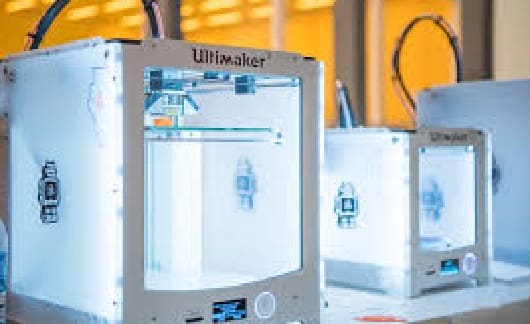
Simple objects a person might need will be created by a 3D computer/printer filled with different compounds similar to ink, which will allow it to create in a few minutes an object that is requested. The blueprints for objects will come from a public database, available online.
A future Generation Computer System will be a billion times more powerful than the one we are using, or I am using now to write this article.
Almost invisible pervasive computers will be everywhere: buildings, highways, vehicles, even in the clothing we wear.
In the future, your digital life and your real life will be almost seamless. These new computers will be using different materials than are being used today.
These materials will include Graphene (Quantum Dots), essentially a single layer of the same graphite used in pencils, which conducts electricity much faster than silicon.
And we will enter the realm of Quantum Computing, involving using quits (quantum bits), replacing today’s silicon-based transistors. Research is being conducted currently on a new semiconductor material made from black phosphorus, which also may replace today’s silicon chips.
Carbon Nanotubes are also a candidate for replacing today’s transistors.
As to memory storage, traditional fragile hard drives of today will have been long replaced by contraptions such as flash memory-based solid-state devices and large-scale quantum hologram devices.
However, we as individuals will not need all that much memory, as the internet “cloud” will provide all the storage we can ever need much more than it provides now.
7 Different Future generations Computer technologies
The Hyperloop
It is the way of transporting commuters down a tunnel at speeds that top more than 700 mph. Pods within a vacuum tube hurtle passengers from one depot to another, and they will have the capacity for transporting passengers on commutes that would otherwise take 7.5 hours in a train in just 35 minutes via the Hyperloop.
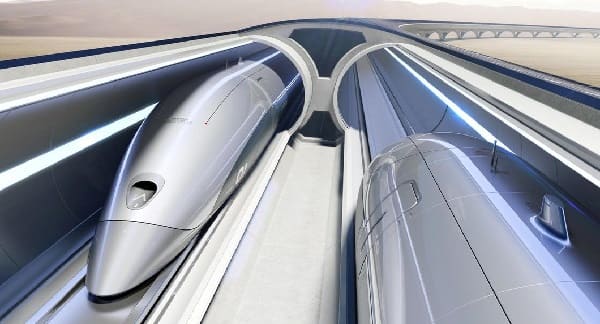
Plans for testing are currently underway to design the HyperXite using computer modelling programs to design the pods. In the future, we will be able to travel in the wink of time through this hyperloop.
Fifth-generation wireless
Also known as 5GTechnology is a future technology that will allow for faster wireless connectivity and for sending and receiving data in the blink of an eye.
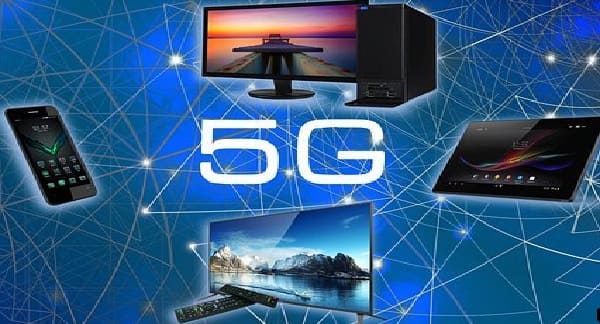
The new 5G generation and all the upcoming ones in wireless are projected to increase the speed and connectivity to meet the demands of up to a thousand times more users than are currently available in today’s time.
Centralized Intelligence
Here the technology will advance far beyond the traditional PC/Laptops which we use now to the forms that are smaller and less expensive.
This would be a transformative technology that consists of feeding massive amounts of data to information appliances which would act as personal computers. Still, they would be connected via a universal network of data which could change the way that we access and use information.
Wearable Computers
A wearable computer is something as a handless system with a data processor supported by a user’s body rather than an external surface.
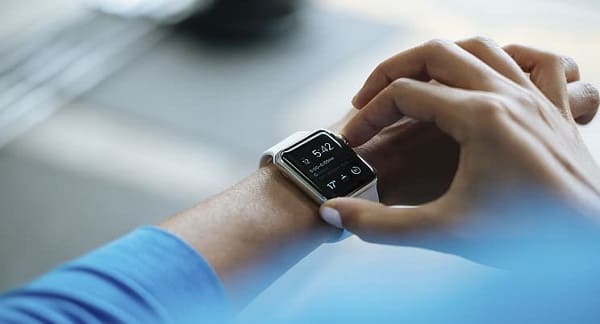
The unit may have several components attached to it like camera, touch panel, screen, wrist-mounted keyboard, head-worn display etc. that work together to bring technology to be situational and environmental problems.
The Internet of Everything
With this thing in the future, the possibilities are almost limitless because it would be everywhere from connecting your eyes glasses to the system if you have a checkup of an eye to transporting yourself to any corner in the world within a few seconds.
DNA Based Computers
A DNA-based computer is radically different from a conventional computer. Instead of storing data on silicon chips, it converts data to binary notation (0s and 1s) and performs computations on the binary digits.
DNA computing would rely on data found in patterns of molecules in a synthetic DNA strand. Each strand represents one possible answer to the problem.
A normal computer can analyze only one potential answer at a time. The future holds great possibilities as DNA-based computers could be used to perform parallel processing applications, DNA fingerprinting, and the decoding of strategic information such as banking, military, and communications data is useful for the future.
Virtual-Reality(VR) Devices
Virtual Reality (VR) immerses its user in a simulated world of possibilities and actions. In the virtual world, the user has the ability through the head-mounted displays, gloves, and bodysuits to respond to tactile stimulation.
Users manipulate objects and interact in an environment before it becomes a physical reality. This is very cost-effective, and it supports decision-making tasks.
In its future holds promise in other areas: education, government, medicine, and personal uses.
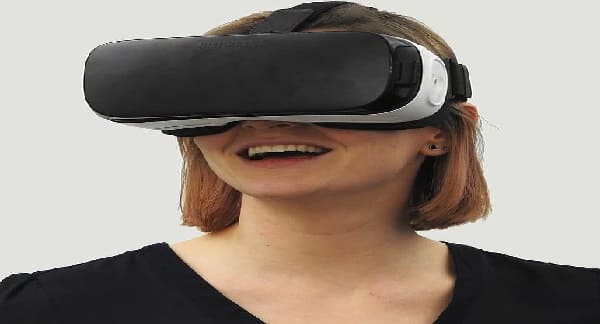
In the education world, students and teachers may have the ability to interact inside virtual classrooms to explore ideas, construct knowledge structures, and conduct experiments without risk, fear of failure, or alienation.
Government offices may use VR technology to improve services, provide better delivery of health care, and monitor environmental changes in air quality, wetlands, ozone layers, and other ecological areas.
Medical areas could use VR to train interns and practising physicians on new procedures and equipment using 3D technology. VR technology could also be used to augment instructional games, 3-D movies, and real-time conferencing and communication efforts.
In the above sections, I have discussed some of the technologies which can be used in the future via Future Computers. Thus, we can see how future generation computer systems can be used in the near future. It will be quite fascinating how we use all these devices and what impact it had on us.
—-By Ankita Francis
